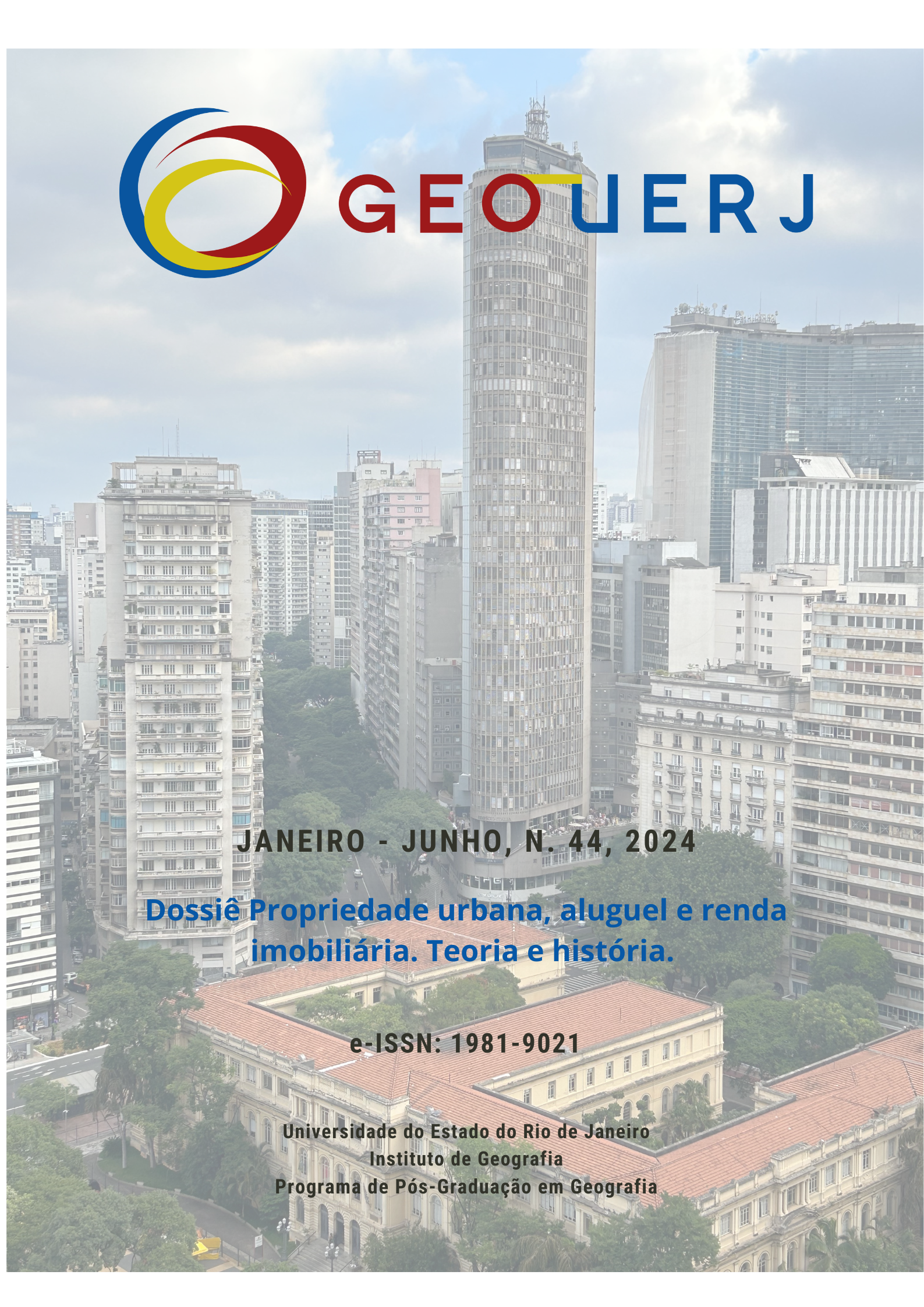Mangrove Preservation and Urban Air Pollution in Aracaju, Northeast Brazil
DOI:
https://doi.org/10.12957/geouerj.2024.71735Keywords:
Urban trees, Urban Climate, Sergipe, Ecosystem services, Mobile air pollution measurementsAbstract
According to WHO, in 2010 the air pollution was the main cause of over 200 thousand obits related to lung cancer. This paper aims to analyze the role of mangrove and their preservation on air pollution mitigation at Aracaju, northeast Brazil. The city was founded by the Sergipe River, few kilometers from the Atlantic Ocean, which configures it as an ideal site for mangrove development. Mobile measurements of CO were taken place in an urbanized area close to a mangrove area, providing an idea of the pollutant spatial dynamics. The benefits of the mangrove preservation were calculated using the ITree canopy v.7.1. The results reveal that the Mangrove preservation is responsible for over 4 tons of pollutants removal per year, a fact that can be related to the low levels of pollutions registered on the area during the measurements, helping to endorse the urban trees and mangrove areas preservation.
Downloads
Downloads
Published
How to Cite
Issue
Section
License
Copyright (c) 2024 Francisco Jablinski Castelhano, Josefa Eliane Santana Pinto

This work is licensed under a Creative Commons Attribution-NonCommercial-ShareAlike 4.0 International License.
The copyright of articles published in Geo UERJ belongs to their respective authors with rights to first publication conceded to the journal. Every time that the article is cited and reproduced in institutional repositories or personal and professional web pages the link to the journal web page must be provided Geo UERJ.

The articles are simultaneously licensed under theCreative Commons Atribuição-Não Comercial-Compartilha Igual 4.0 Internacional.


